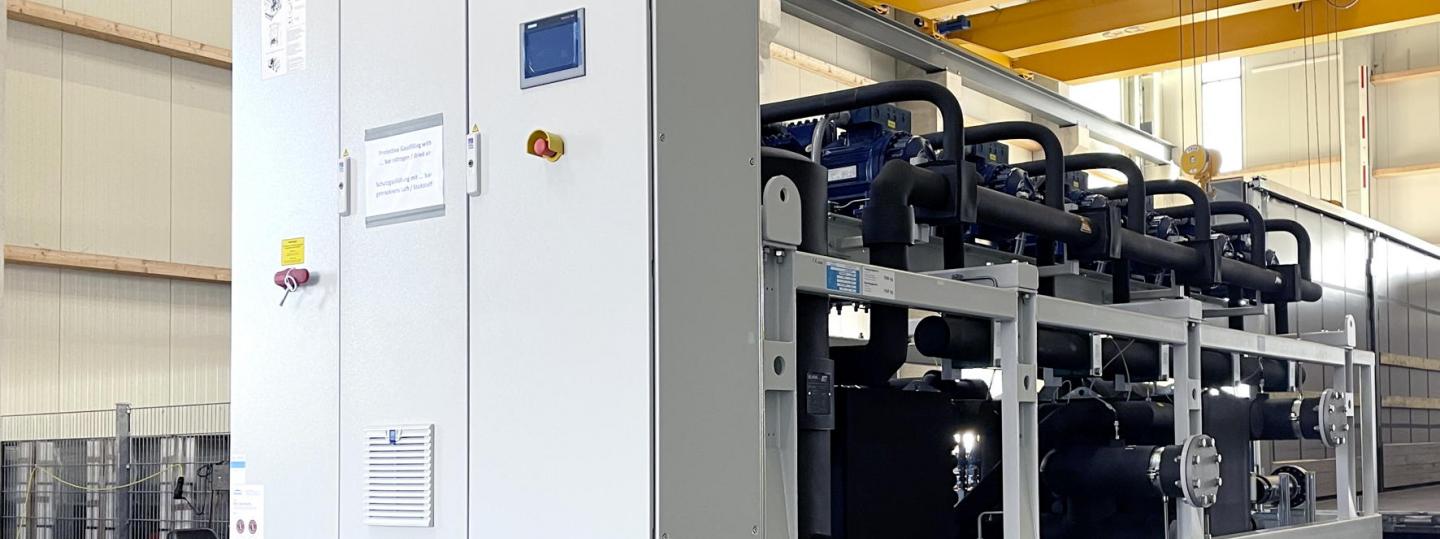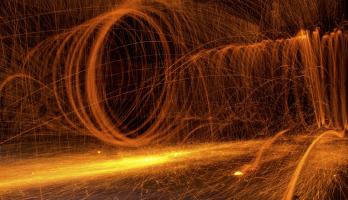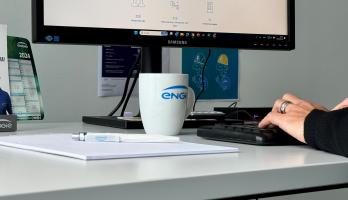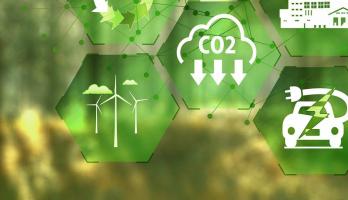
“Climate neutrality with thermeco2: green heat for green vegetables”
Food production is one of the most sensitive industries. In this sector, heating supply requirements are particularly exacting. What reliable solutions does ENGIE Refrigeration provide to meet these requirements? The expert Rosa Gutarz, Head of Product Management at ENGIE Refrigeration, explains using the Osatina Group as an example.
Rosa, what special requirements does the food industry have with regard to the heating supply?
When it comes to food and beverages, the standards are very stringent for all processes in production and storage. After all, on the one hand it's a matter of the ideal freshness and storage of food, which is ensured by the refrigeration supply. And on the other hand, it’s about preserving the products, killing germs, and biotechnological processes such as the growth of plants, for which the heating supply must function smoothly. For many years, ENGIE Refrigeration has been a reliable partner of the food industry. Our chillers, in particular the QUANTUM Water series, have proved themselves in use, as have our heating solutions, for instance the thermeco2 high-temperature heat pump.
A thermeco2 high-temperature heat pump is used by the Osatina Group. What are the reasons behind the order?
The Osatina Group, a leading food producer in Croatia, was looking for a new, future-proof heating supply. In the past, the company had used gas-fired burners to heat five of its 10,000-square-metre greenhouses – equivalent to the total size of around ten football fields – in the area around Osijek. This solution was outdated and simply not viable for the future with regard to the climate targets. We are proud that we at ENGIE Refrigeration, together with our partner Zenteh, a consultancy from Slovenia, were able to win over the customer with the best and most environmentally friendly concept in the competitive comparison.
What does ENGIE Refrigeration's concept look like in concrete terms?
Five thermeco2 high-temperature heat pumps, type HHR 1000, with a total output of five megawatts are now deployed on site. They provide the right temperature for the greenhouses, where cucumbers, tomatoes and mushrooms are grown. In doing so, they reliably fulfil the extremely demanding conditions of the project. This is because the flow temperature for the heating supply is 85 degrees Celsius and the return temperature is 40 degrees Celsius. From a technical point of view, there are two possible approaches one can take for this wide temperature range between the heat source or chilled water (13/8 degrees Celsius and 12/6 degrees Celsius) and hot water: either two-stage, using NH3, for example, or single-stage with CO2 as the refrigerant – as in our thermeco2. The fact that our single-stage solution works significantly more efficiently was a crucial factor in the Osatina Group's decision.
How does the thermeco2 high-temperature heat pump affect the Osatina Group's environmental balance?
In short: With our thermeco2 high-temperature heat pump, we are accompanying the Osatina Group in leaps and bounds towards climate neutrality. Our model utilises the natural refrigerant CO2 and offers high energy efficiency together with excellent COP values. As an ecologically sustainable alternative to fossil-fuelled gas boilers, the thermeco2 will promote decarbonisation and advance sustainable food production at the customer’s premises. It generates the required hot water on site, with the help of ambient heat from the ground. The fact that the electricity also comes from a photovoltaic system makes the project even more sustainable – and a beacon project on an international level. Accordingly, the European Union has decided that the project is highly eligible for attractive subsidies covering more than 40 per cent of the total investment. By the way: If you have any questions about the eligibility of your own cooling or heating project, you are of course welcome to contact us at any time. We’ll be happy to advise you.
What are your conclusions about this thermeco2 project?
For me personally, this order is special in three respects. First, because I have been impressed by the special features of the thermeco2 for years. I believe that our heat pump is ideally suited for many applications and prepares companies for the future. Second, because this was ENGIE Refrigeration’s first major order of 2021 and we’re naturally proud of it. And third, because the collaboration with the Osatina Group was very pleasant – for example during the acceptance at our production site in Lindau on Lake Constance, Germany, and during the loading of the heat pumps, which we summarised in a short video. And at this point I can reveal to you that further projects focussing on a more sustainable orientation are already in the works.









